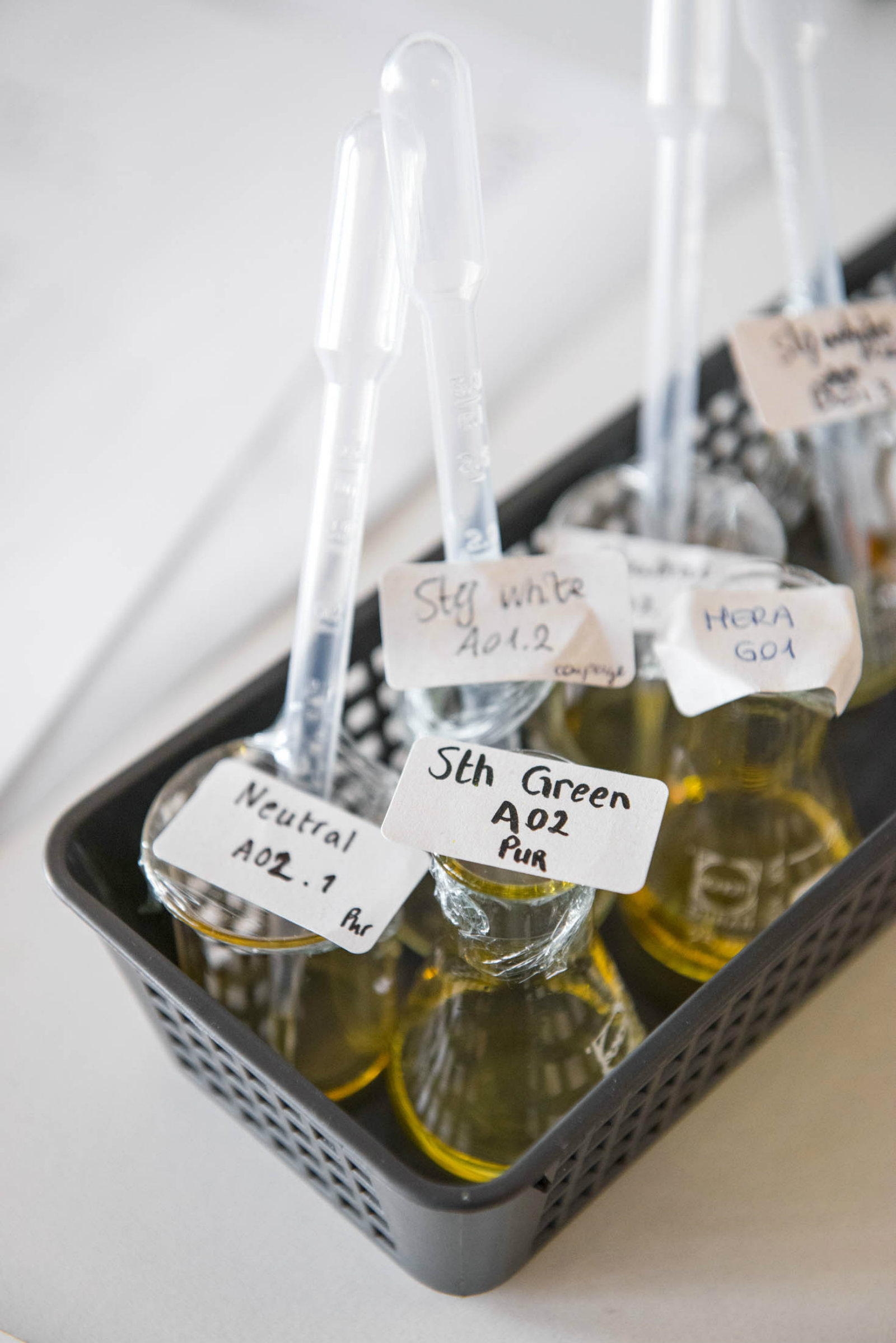Why small-time perfumeries makers are making it big

Why small-time perfumeries are making it big: Independent perfume makers in the US accounted for some 6% of the country’s USD 4 bn industry last year, selling just as well, if not far better, than many high-end brands, according to Bloomberg, and it’s not because they’re cheaper. “A mass-market luxury perfume might use high-end ingredients, but it’s designed to be generic enough to appeal to consumers at airport kiosks in Beijing, department stores in New York, and boutiques in London,” says Patrice Revillard, who founded the boutique perfumery Maelstrom in Paris with partners Marie Schnirer and Yohan Cervi. The three friends were selected in a competition to recreate a 1940s cult scent known as Iris Gris, which in its new form, L’Iris de Fath, would set you back around EUR 1,470 for a 1 ounce bottle. While not every scent they make is as pricey, Maelstrom was chosen due to their “quality, artistry, ingredients, and [ability to create] these really rich experiential fragrances.”
Higher-end brands took a leaf out of these small perfume makers’ playbook and began launching their own “rare” and “special” blends and scents. “To the surprise of big brands…these rarefied perfumes started to make money. As a result, they also began to acquire independent makers of smaller-batch specialty perfumes.” Estee Lauder acquired “niche perfumers Editions de Parfums Frédéric Malle and Le Labo” in 2014; Dolce & Gabbana first launched it’s higher-end Velvet Collection in 2011 selling a 5 ounce bottle at USD 430. “It’s simple to add a formula together, but then you have to balance everything,” says Revillard.